Deciphering Fact From Fiction
Over the years, social media, guidebooks, including Lonely Planet’s Hiking in Japan, as well as various Japanese and foreign websites have kept alive a number of myths about hiking in Japan. In this post, we bring to light the main culprits, sort fact from fiction, and hopefully provide you a little more peace of mind when you next hit the trail.
#1 Trails are Crowded on Weekends
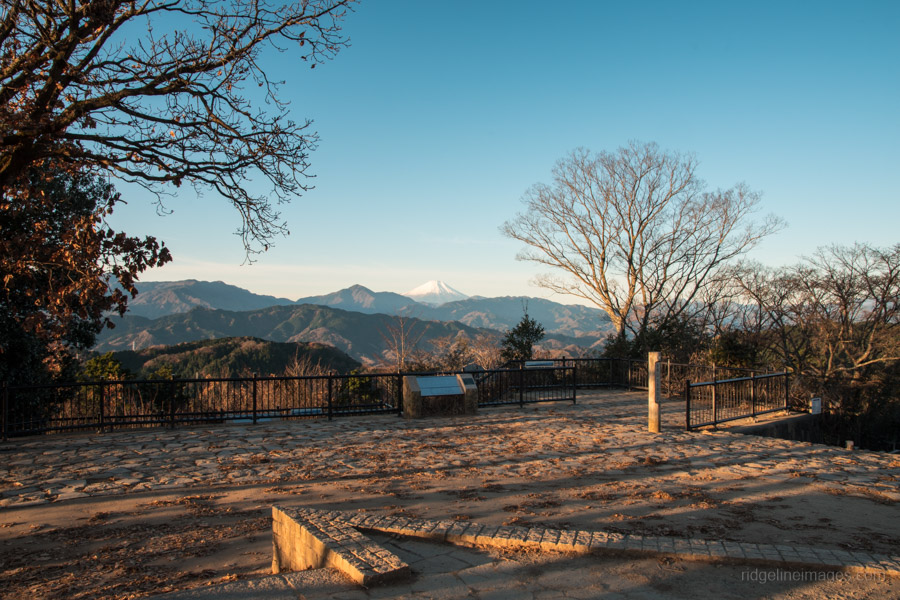
This one really needs to be put to bed. Yes, popular mountain trails can be chock-a-block on weekends, but it doesn’t need to be this way. This past Golden Week, I hiked in Tokyo and came across no more than ten people on an overnight hike. In fact, most of the time, even in the best seasons, I don’t come across very many people. The trick is to set your sights on less popular mountains. More often than not, they afford just as amazing views, and you won’t have to share the summit and your precious leisure time with an endless stream of weekend warriors. Even better, visit popular mountains mid-week for peace and quiet.
Reality: It goes without saying, but set the alarm early unless you want to feel like you’re reliving a commute through a busy suburban station. With a little forward planning, it’s even possible to go an entire day or days without knocking into another hiker.
#2 Water Should be Filtered
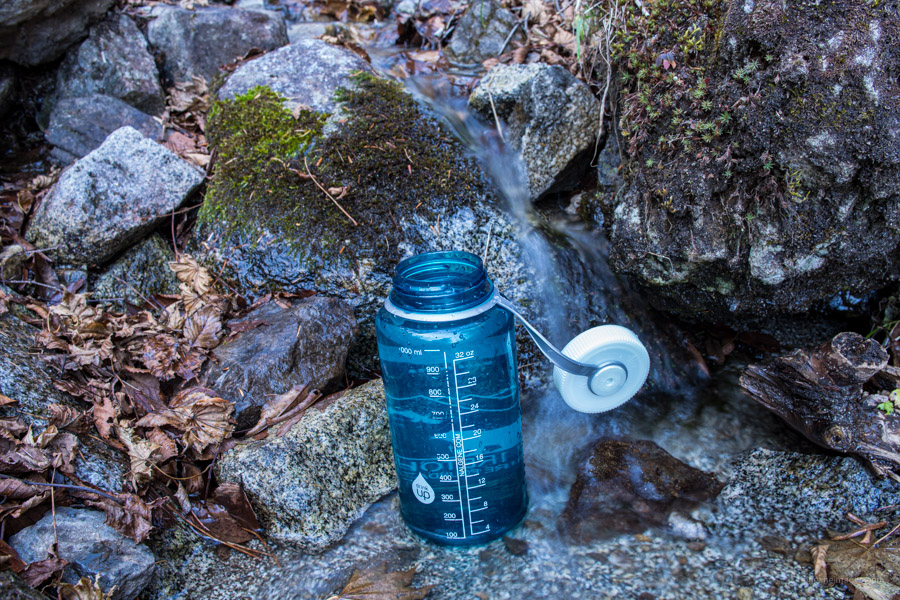
During my entire time hiking in Japan, I can count on one hand the number of people I have seen using a water filter. Overall, the water quality flowing in mountain rivers and streams is extremely clean. Only on rare occasions have I needed to reach for my Aquatabs (water purification tablets), such as drawing water from stagnant pools. For day hikes, I recommend carrying enough water to see you through the day and only topping up on the trail if necessary. The exception is Hokkaido, where it’s not safe to drink straight from mountain streams due to the presence of Echinococcosis, a parasite carried by local foxes. In this case, water should be boiled or filtered before it is considered safe.
Reality: While some may disagree, including the authors of Lonely Planet’s Hiking in Japan guide, who state that “water sourced from the trail should always be boiled or purified,” water from high mountain streams is generally safe to drink. In high-traffic areas or when in doubt, err on the side of caution and boil your water or add a purification tablet.
#3 You Always Need to Book Mountain Huts in Advance
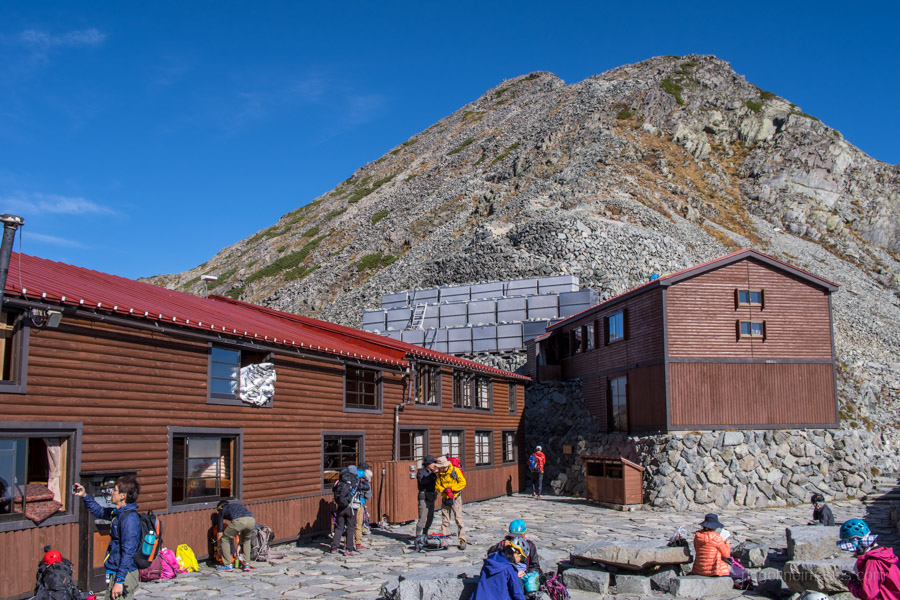
Even if you never plan to stay in one, it’s reassuring to know mountain huts are there if the weather turns or something goes wrong. But there’s a common belief that you must always book in advance.
Reality: Some huts still accept walk-ins—but expect to pay extra, and flexibility is fading fast.
#4 You Should Carry a Bear Bell
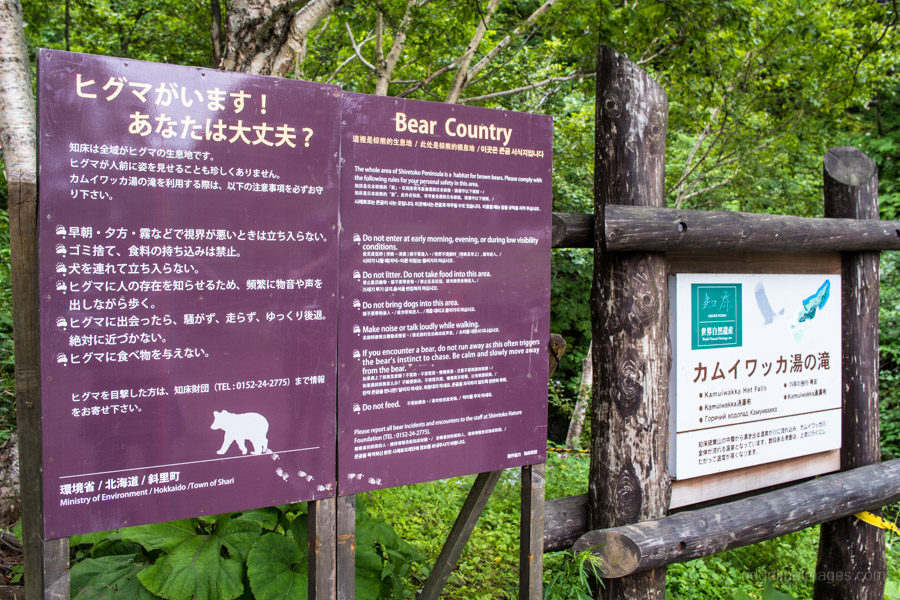
One thing that is nearly impossible to escape and that quickly grates on one’s nerves is people who travel around with a bear bell. Conventional wisdom holds that small bells that jingle as you walk are sufficient to keep these carnivoran mammals at bay. This is, at best, wishful thinking. At least according to the Hokkaido Hunting Association, they don’t ring loud enough to warn off bears and really only give their wearers peace of mind. If you have one of these persons on your tail, the best advice is to hotfoot it back to the harmony of the forest.
Reality: A far better course of action is to make noise, talk loudly while walking, and clap your hands when passing through dense undergrowth to foil any chance encounters. In 15 years of hiking in Japan, I have only ever seen two bears, so I say the chances of coming across one are slim to none.
#5 Wild Camping is Not Allowed
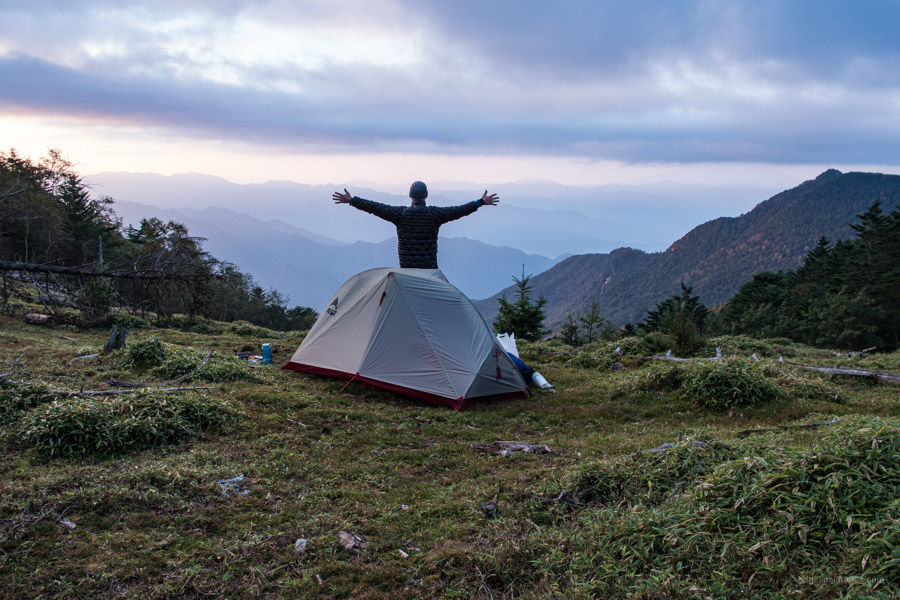
While camping outside of designated areas is discouraged, it is not illegal. So, with plentiful campsites and mountain huts, why even bother? One reason is that some mountains in the Greater Tokyo area, including some famous ones, cannot be easily climbed in a day using public transport and are also not near any mountain huts. Another is simply the chance to park yourself for the night in some of the most incredible places.
Reality: The worst that can happen is that you are told to move on. To ensure this doesn’t happen, arrive late enough in the day that most hikers have moved on and don’t linger around in the morning. The crucial element is being respectful towards nature, including not lighting any campfires. The first and foremost rule of wild camping is to always leave your site as pristine as you found it.
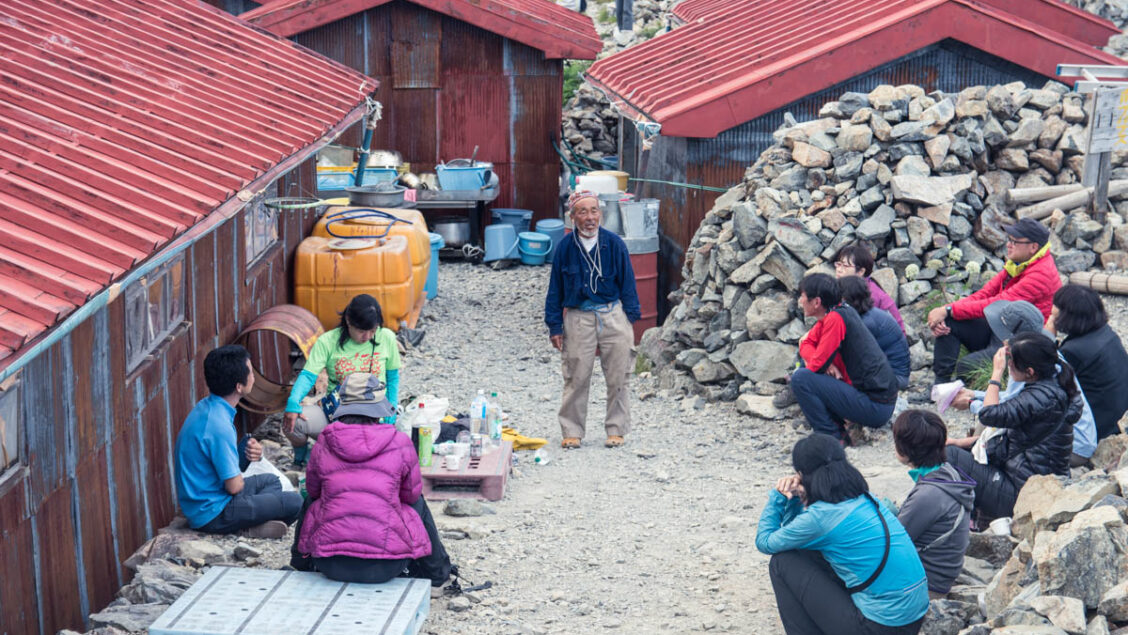

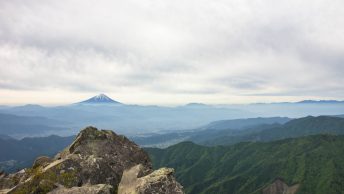
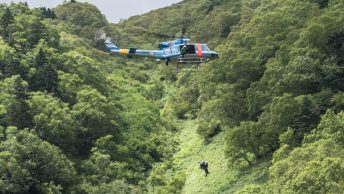
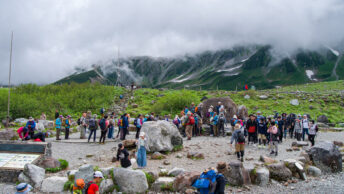
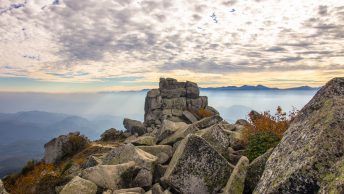
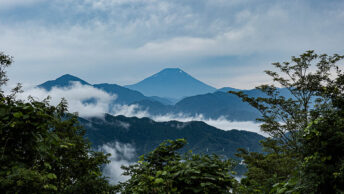
I agree! 🤓
Absolutely agree with those bear bells, total annoyance!
This is 100% spot on. For example, I have been hiking and running in the mountains of Japan for 40 years, and unless there is something like a mine, a golf course, or a cow pasture above me, I have ZERO hesitation about drinking from steep and clear mountain streams. And I have never gotten any waterborne sickness at all (though I have in a few other countries). To reject this refreshing offering would be almost like rejecting the local mountain kami.
Regarding supposed “crowds”, my advice is do not ask an average Japanese citizen about “good hiking trails” because they will invariably direct you to the most popular trail that they know. Ask a serious mountain veteran, not a duffer who goes out a few times a year, because the former is going to say something like “Takao” or “climb Mt. Fuji in the summer”.
Reply
Similarly, I have never been sick with any waterborne illness either. An interesting juxtaposition is Bukosan. The northern slope of the mountain is home to the enormous limestone quarry, while the opposite side is rich in nature, with rare plant and animal species and delicious clean water spouting from a water source heading up from the Yokoze Station – incredible stuff.
Personally, I filter all of the water unless it comes from a larger designated water source.
You never know if there is a dead animal or some other source of poison upstream.
Previously used a Sawyer and it was a pain due to its flow rate and maintenance hurdles but after swapping to the Katadyn BeFree, it really doesn’t take much time at all. I just screw it onto a large compatible water bladder and transfer into a “clean” bottle as needed.
Water still tastes great.
Re: booking the huts, I’d say “check before you go”. I once didn’t when attempting Mt. Hiuchi/Mt. Myoko and had to rush to the second hut/campground. It didn’t add peace of mind that there was only one other option in the area and due to the surrounding terrain being mostly wetlands, wild camping was not an option. To add some extra spice, there was a completely unannounced record downpour on the same day which made news. Needless to say I had to abandon Hiuchi and settle for just Myoko that time 🙁
Later checking the 山と高原地図 indeed there was a 完全予約制 next to the originally planned hike.
Agree with your other points though!
Plenty of low-traffic, serene trails out there.
And regarding the bear bells, some top-hit-google-articles say that at best to bears the bells would likely mix with birds/other nature sounds and at worst they might spark extra curiosity. It’s extra annoying though when people keep them on on already high traffic trails or at the campsites.
Cheers!
Thanks for your thoughts, Alex.
I appreciate that there are going to be different ways of doing things. Certainly, filtering all your drinking water means that, without a shadow of a doubt, it will be kosher. The last thing you want is stomach cramps due to contaminated drinking water in the back of nowhere. As for the huts, yes, people should definitely check before they leave, or at the very least carry a tent and ensure nearby tent spaces in case an advanced booking is required. Bear bells sparking their curiosity is another reason to give them a miss!
Nice one mate.
I couldn’t agree more on all of these. And of course, especially on the camping point. Sunsets and sunrises are usually the best times to be out there, and most hikers miss out on the most rewarding moments. Camp off trails, and like you said, wait until late arvo to set up and leave no trace, and there’s no reason why you shouldn’t enjoy freezing to death all night long for a nicer view or two.
I hear you on those bone-chilling nights camped out, challenging the sleeping bag’s rating. Though the joy of poking your head out at daybreak and paying reverence to the view makes the discomfort worth it.